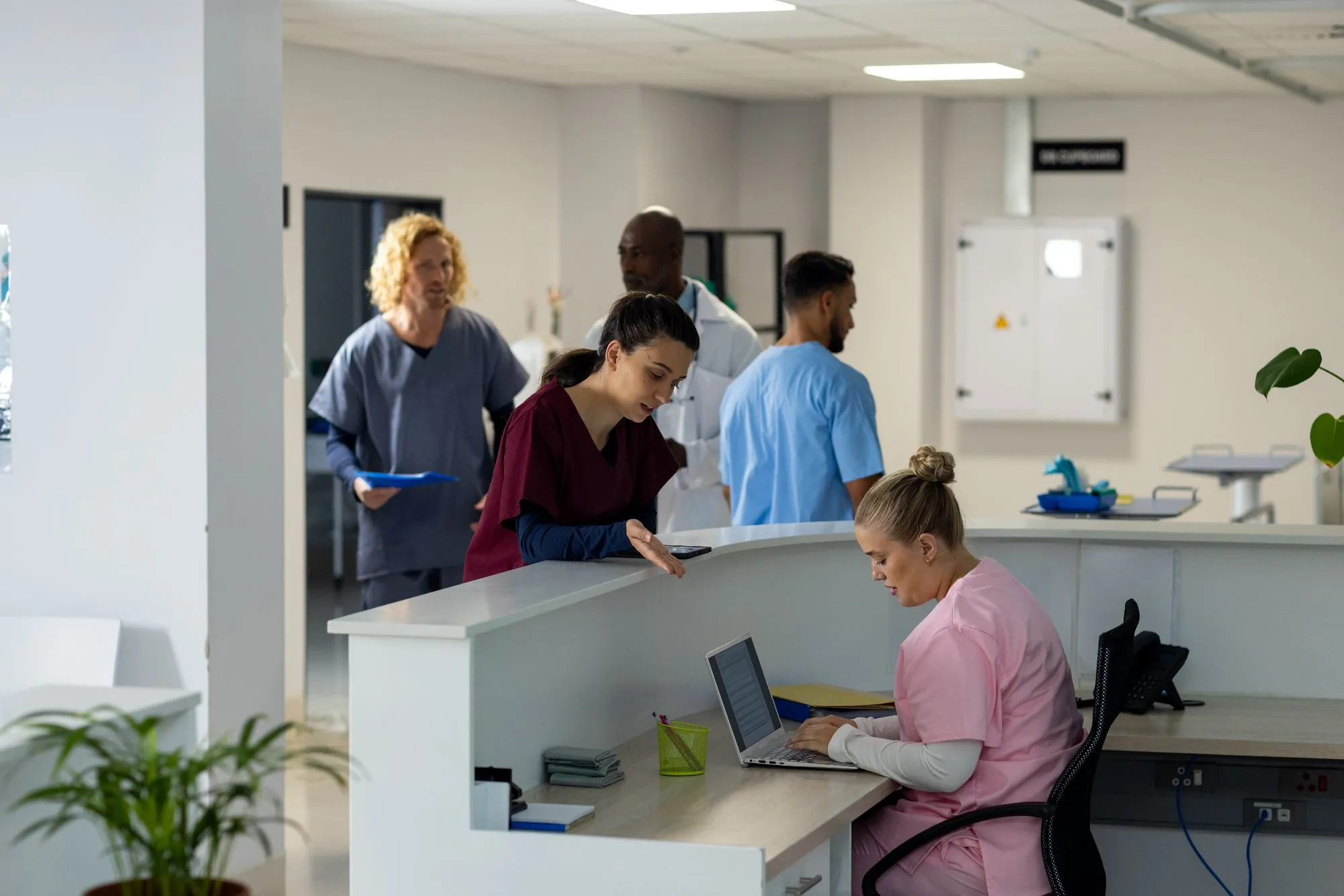
With extremely hot summers, high humidity, and occasional disruptive sandstorms, the UAE’s unique geography exposes healthcare facilities to tough environmental factors that impact patient and staff comfort, safety, and health. Healthcare architecture firms in the UAE are driving innovative, forward-thinking design solutions to ensure resilience.
Healthcare architecture firms understand the specific climate-related challenges facing UAE healthcare facilities, which drive their resilient designs. Blistering summertime temperatures can exceed 40°C, posing risks of overheating. Humidity levels also often remain dangerously high nearly year-round. Both high heat and humidity put vulnerable populations, including infants, the elderly, and those with respiratory issues, at increased health risk. Occasional sandstorms also challenge facility integrity and contribute to poor indoor air quality as suspended particulates infiltrate buildings.
To counteract these environmental pressures, healthcare architects deploy sustainable design principles focused on energy efficiency and indoor climate control. Solar shading solutions block intense sunlight and heat before they enter the building envelope. Operable windows and ventilation stacks pull in cool exterior breezes and channel warm interior air out. High-performance building materials with specialized insulation moderate interior temperature swings. Daylighting techniques even mitigate the need for artificial lighting during sunlit hours.
Incorporating the latest smart technologies also bolsters climate defenses. Climate and air quality monitoring systems gather actionable data to inform real-time environmental controls. High-efficiency HVAC systems work in tandem to maintain ideal temperature and humidity ranges for health and comfort. Low-energy lighting dialed to occupancy patterns and microclimate needs saves power. Software integrations connect these systems to optimize performance across ever-changing weather conditions.
With the overarching uncertainties of climate change in mind, healthcare architecture firms in the UAE also design anticipating future adaptation needs. Ground floor elevations guard against heavy precipitation flooding events. Durable buildings withstand high wind gusts and scientifically projected temperature rise and extreme heat events inform material selection and passive cooling techniques. Critical systems include carefully mapped pathways for utilities and supplies to ensure all-conditions access.
Execution of climate-resilient healthcare design involves collaboration among architects, engineers, project owners, facility managers, and end users. Simulation modeling informs resilience measures optimized to location, regulations, user needs, and cost constraints. Healthcare personnel provide input on strategies for protecting vulnerable groups during climate disruptions. Patients give feedback on functional priorities that must remain steadfast as conditions flux. Local community values help steer sustainability goals.
As healthcare architecture firms in the UAE continue innovating to meet head-on the challenges presented by the region’s intense climate, they blaze a trail in resilience for healthcare infrastructure at large. The integrated design strategies deployed across the UAE serve as tested models for facilities worldwide facing growing climate uncertainty. The region’s state-of-the-art hospitals and clinics stand as pioneers proving climate-adaptive buildings can also provide world-class care. Through continued leadership, the UAE paves the way toward a future where all communities can count on healthcare infrastructure designed to withstand anything nature or climate change throws its way.